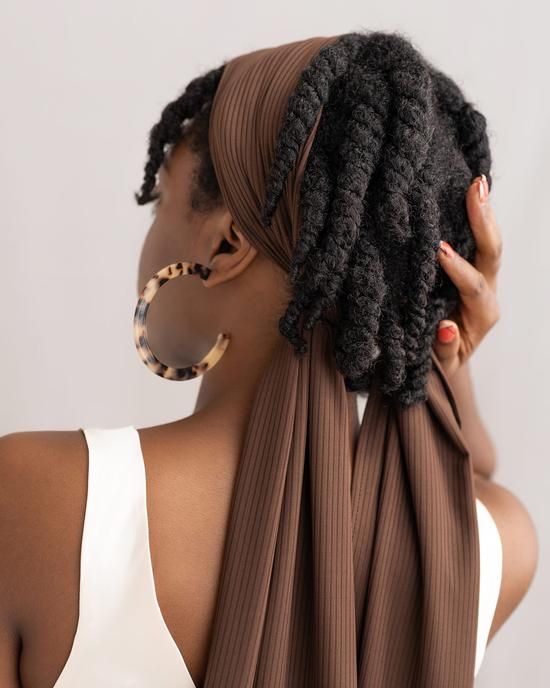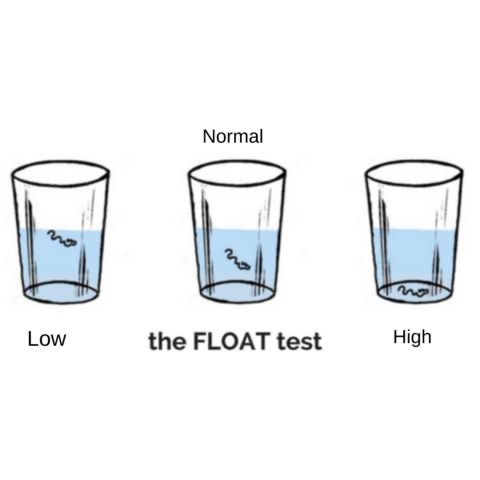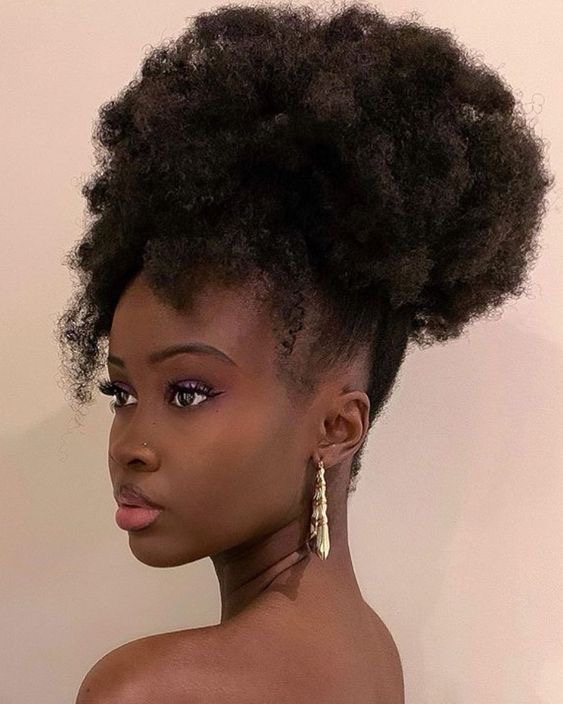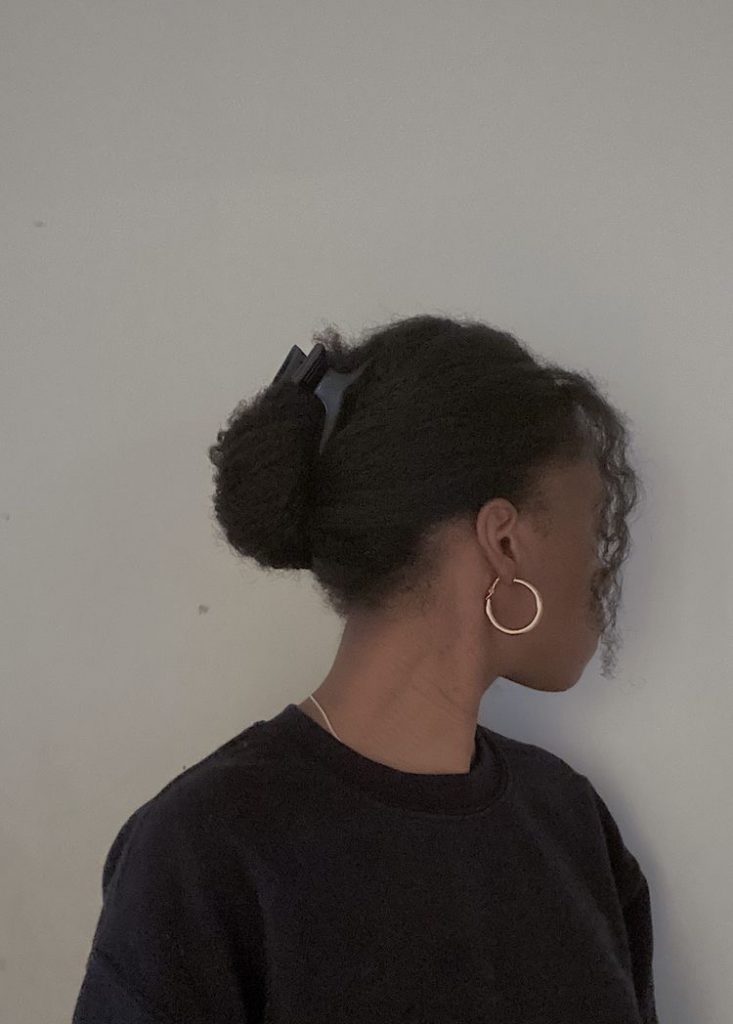Suffering from porosity curiosity you say? Well, we are here to help. Think of porosity as the skin type for your hair.. You wouldn’t use dry skin products on oily skin, right? Well, the same goes for hair porosity.
It tells you your hair’s ability to absorb and retain moisture as well as dictates how frequently you should wash, what products to use, how tolerant your hair is to color, bleaching, etc. Still a little confused? I got you.

What is hair porosity?

Porosity is your hair’s ability or inability to absorb and retain moisture. It explains how well moisture passes through the outermost protective layer of your hair shaft, known as the cuticle. This layer is made of multiple cuticles which overlap each other. That’s where the different levels of porosity come in.
It gives you an idea of how tightly or loosely packed your hair cuticles are. Therefore, helping you better moisturize your hair. Before we get into each type and how to test for it, it’s important to note that porosity is a range.
There are different levels to each type of porosity, e.g two people can have low porosity but one’s cuticle might be tighter packed than the other, thus requiring more work or an entirely different routine.
For this reason, its good to take advice from people but really, listening to your hair and seeing how it acts is your best bet.
How to test

There are many tests out there but the most popular is the float test. Where you fill a clear container with water and drop a clean strand of hair in. Watch it for a few seconds to a minute to see how it reacts. If it floats right at the top, it’s low porosity. If it lingers somewhere in the middle, normal/medium porosity and if it immediately sinks to the bottom, its high porosity.
P.S. you can have different levels of porosity throughout your head, therefore you need to test strands from your crown, back, sides, and front of your hair.
Low porosity

You’ve done the test and it floats but what does that mean?
Low porosity hair means that your hair’s cuticles are tightly packed together. This is great for retaining moisture because it keeps it locked in, but makes absorbing said moisture difficult. So products tend to sit on your hair, and not actually be absorb.
Therefore, pair deep conditioning with little heat e.g steaming is your best bet. The heat opens up your cuticles, thus allowing the moisture to flow in. Additionally, products can easily build up, therefore it’s important to use a clarifying shampoo at least once a month.
When choosing products, you want to go for those really hydrating and contain humectant ingredients such as Hyaluronic acid and glycerin (water-based ingredients).
Medium Porosity

This is when your hair cuticles are not as tightly shut as low porosity but not as open as high porosity. Meaning you absorb moisture easier than low porosity and don’t lose it as easily as high porosity.
As mentioned earlier, porosity is a range: you can have normal to low or normal to high porosity. Take note of the rate at which you absorb vs retain moisture.
Similar to low porosity, products can easily build-up, therefore, using a clarifying shampoo specifically from time to time is extremely beneficial. Additionally, because you have a normal absorption rate, lightweight products like light oils are recommended.
Humectants and emollients help seal in the moisture and your hair will greatly benefit from protein treatments.
High porosity

This means your hair cuticles are raised and wide open. Which is great for absorbing water but makes retaining said moisture very difficult. The objective with this is to focus on sealing that moisture in and lowering your cuticles.
Firstly, avoid excess heat. Anything from hot water to heat tools raise your cuticles, which is the opposite of what you want.
Secondly, avoid products that have a high pH balance, such as chemicals and dyes, because anything with a high pH raises your hair cuticles whereas low does the opposite. The goal is to lower the cuticle to better retain moisture.
Thirdly, use heavy-weight products to reinforce sealing moisture.
Lastly, protein treatments need to become your best friend because, according to Heycurls, “will reduce breakage, make your hair thicker and improve the elasticity of your hair”.
While Porosity is important to know in order to properly treat your hair, don’t get too caught up in it. It is easy to get overwhelmed and confused. Take it one step time and remember the internet is your oyster. Ultimately, the goal is to have healthy hair and knowing your hair’s porosity makes that goal easier to achieve.



2 Replies to “Hair Porosity and Why You Should Know Yours”